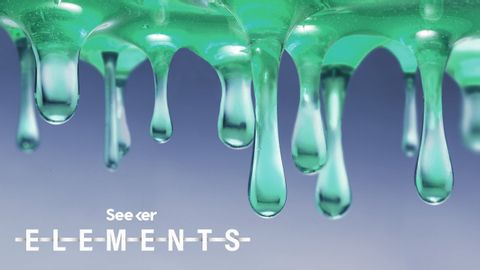この変異体のスーパー酵素は、数日以内にプラスチックごみを食べることができます。 (This Mutant Super-Enzyme Can Eat Plastic Waste Within Days)
Summer が 2020 年 10 月 19 日 に投稿  この条件に一致する単語はありません
この条件に一致する単語はありませんUS /məˈtɪriəl/
・
UK /məˈtɪəriəl/
- n. (c./u.)衣料;原材料;原料
- adj.関連な,重要な;世俗的な : 物質的な : 物質でできた
US /ɪˈlɪməˌnet/
・
UK /ɪ'lɪmɪneɪt/
US /məˈdʒɔrɪti, -ˈdʒɑr-/
・
UK /mə'dʒɒrətɪ/
エネルギーを使用
すべての単語を解除
発音・解説・フィルター機能を解除
